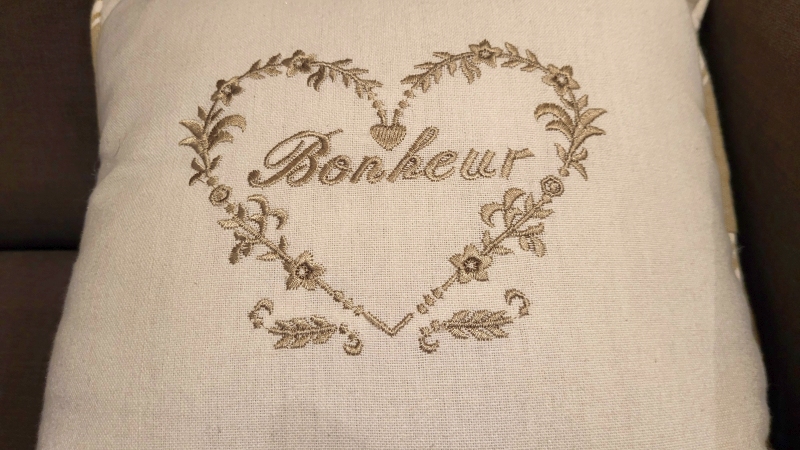Sometimes I meet people in my coaching practice who are very clear about how others should have reacted.
They share the details of the situation, have a precise description of their experience, and are very clear about their intent in reaching out to others.
But then, something happens that surprises them.
Usually, they’ll describe it through the reaction they experienced. However, they don’t stop with the reaction; they also explain the flaws they analyzed. Once the flaws have been analyzed they follow up with a suggestion of how the other should have reacted.
What they rarely do is analyze their own surprise, that is how it felt to them or what they thought about it. They often don’t even realize that it didn’t feel comfortable or that the discomfort might be a source of their reaction.
In simple terms, one could say that they expect that a reaction they receive has to be comfortable to them. The reaction received should either correspond to what they hoped to achieve, or it should be shared in such a way that the “no” they receive is one that makes sense to them and doesn’t hurt them in any way.
It’s an ideal. The fantasy that communication can be perfect. The desire that the relation allows for them to be seen under any circumstance.
Experiencing one’s surprise, discovering one’s expectations, noticing one’s feelings would allow one to realize that communication doesn’t work like that.
But that would mean to let go of that ideal and of the feeling of imperfection that appeared in the moment of surprise.


